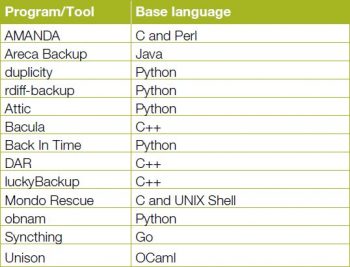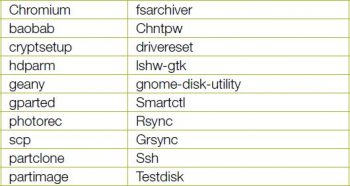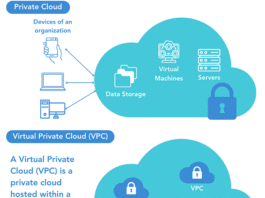Backup and recovery of heterogeneous data files is one of the key aspects of personal as well as corporate computing. In our routine tasks, we create and update a number of files in our systems. But the major problem occurs when the operating system crashes or any media stalls. This issue generates huge complications and, many a time, our work stops. Often, we have to create the files using backup, recovery and disaster management tools and techniques.
A number of tools are available in the open source as well as the proprietary domain, which provide secured backup, fast recovery and fault tolerance.
The key challenge in disaster management arises when the operating system crashes and when we are not able to load the OS to execute the recovery tool. In such scenarios, we can work with bare metal backup and recovery tools so that there is no need to even load the operating system. Using these tools, the backup, recovery and disaster management can be achieved at the BIOS level itself.
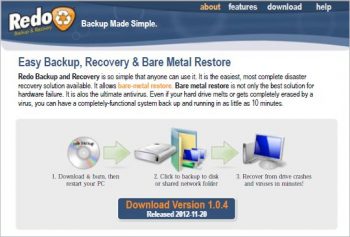
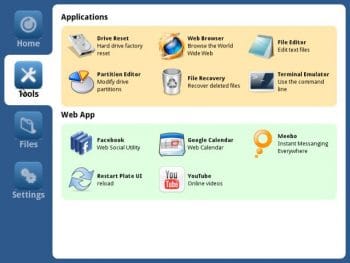
Features of effective backup and fault-tolerant tools
Some of the major features generally required for personal as well as corporate computing are:
- Bare metal recovery and fault tolerance
- Non-redundant or de-duplicated backup
- Security and privacy using multi-level encryption
- Dynamic compression and archiving
- Dynamic repository management
- Automatic/scheduled backups
- Cloud based backup and recovery
- Import and export for multiple platforms
- Version tracking
- Configurability with scope for extension using plugins
- Command line as well as GUI panels for usability
- Transaction fault tolerance to avoid data loss
- Being volume oriented to support compression, splitting and merging for multiple devices and platforms
- Malware scanning
- Universal view and updates
- Cross platform
- Support for multiple data formats
- Support for multiple databases
- Generation of reports, alerts and logs
Free and proprietary software backup tools
A number of software tools are being used in personal as well as commercial domains for backup of files and documents. Table 1 shows Linux based free software with command line interfaces.
Table 2 features proprietary backup packages with a GUI (graphical user interface).
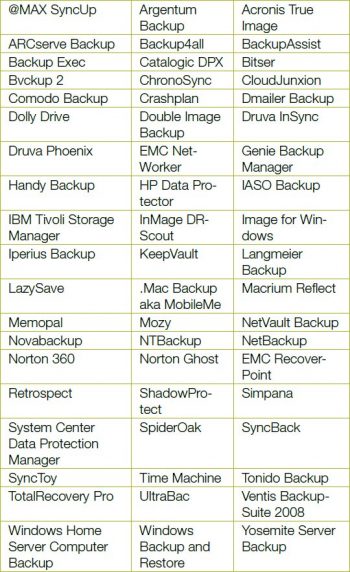
Free and open source tools for bare metal recovery
Redo Backup and Recovery
URL – http://redobackup.org
Redo Backup and Recovery is very user friendly and an effective tool for overall backup and disaster management with bare metal data restoration. With this software, disk based disaster management and restoration at the bare metal level is very effective in case of hardware failure. It is also used as an anti-virus. The complete system backup can be taken even if the hard drive gets burned, or damaged by a virus or due to malicious applications.
Features of Redo Backup and Recovery include:
- No need for installation
- Very small download size of 250MB for live CD
- Boots in a few seconds
- Access to files and folders even without logging in
- Recovery of all types of files and folders
- Effective and easy graphical user interface (GUI)
- Cross platform (Windows or Linux)
- Can be used for the drives on a local area network without specifying any shared folders or on network attached storage (NAS)
- Dynamic loading without operating system
- Recovery of lost data whether it is deleted intentionally or by any third party application
- Internet can be accessed on booting Redo Backup and Recovery
- Configuration of disk drives can be done graphically with the number of inbuilt tools
Besides the enormous features for backup, the tool includes a number of additional and powerful programs, featured in Table 3.
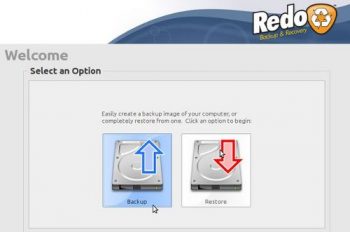
FOG project
URL – https://fogproject.org
FOG is another very powerful system imaging tool that is free, open source and based on Linux. FOG can be used with PXE and TFTP without any boot disk or CDs. With it, the system is booted using PXE and automatically a small Linux client is downloaded, after which many operations can be performed on the system.
The features of FOG include:
- It is free and open source
- Multi-casting, which involves the imaging of multiple systems in parallel
- Cross platform (Linux, Windows, Mac and multi-boot setup)
- Superior scalability, which does not degrade the performance even for the imaging of 50,000 computers
Mondo Rescue
URL – http://www.mondorescue.org/
Mondo Rescue is a reliable and widely used disaster recovery software. It is used for the backing up of GNU/Linux based systems to different types of storage media. Mondo is used by Lockheed-Martin, Siemens, Nortel Networks, IBM, HP, NASA JPL, the US Department of Agriculture and many other organisations worldwide. Mondo supports RAID, LVM 1/2, ext2, ext3, ext4, XFS, JFS, ReiserFS, VFAT and other assorted file systems without any issues. It supports software as well as hardware RAID. This tool is packaged with many distributions and flavours including Fedora, SLES, RHEL, openSUSE, Ubuntu, Gentoo Mandriva, Mageia and Debian.
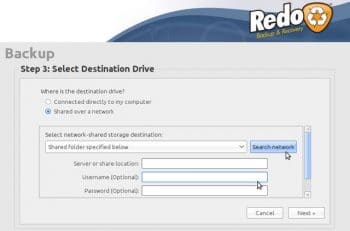
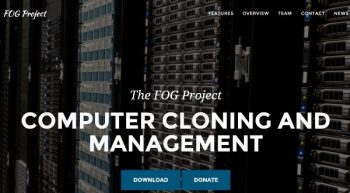
Rear (Relax-and-Recover)
URL – http://relax-and-recover.org
Relax-and-Recover or Rear is another bare metal disaster recovery tool that is very easy to install and set up without any maintenance overheads.
The features of Rear include:
- Modular design, written in Bash
• Easy to extend with custom functionality
• Targeted primarily at sysadmins - Offers the Set up and forget style of operation
• Easy to install and set up
• No maintenance issues - Recovers the images based on original distribution using original tools
- Two-step fault tolerance and recovery
- Bare metal recovery on different types of hardware
- Support for
• Physical-to-virtual (P2V)
• Virtual-to-physical (V2P)
• Physical-to-physical (P2P)
• Virtual-to-virtual (V2V)
• Assorted virtualisation technologies - Support for assorted boot media
• USB
• PXE
• eSATA
• ISO
• OBDR/bootable tape - Support for different transport protocols
• HTTPS
• HTTP
• SFTP
• NFS
• FTP
• CIFS (SMB) - Extensive and exhaustive implementation for disk layout
• SWRAID
• LVM
• HWRAID
• multipathing
• iSCSI
• DRBD
• LUKS (encrypted partitions and file systems) - Support for third party technologies for backup
• EMC NetWorker (Legato)
• HP DataProtector
• CommVault Galaxy
• IBM Tivoli Storage Manager (TSM)
• Symantec NetBackup
• Bacula
• SEP Sesam
• Bareos
• Duplicity/Duply - Assorted methods for internal backup
• rsync
• tar - Multi-phase disk layout recovery
- Effective and easy monitoring
- Integration with high performance scheduler
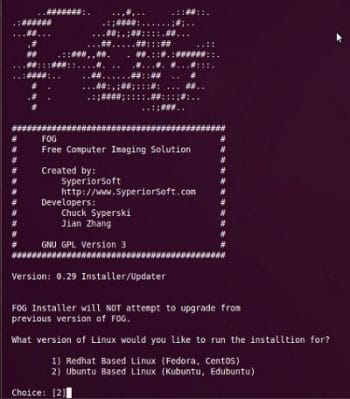
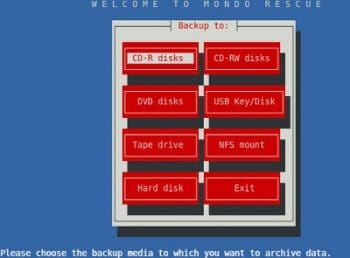

Working with the Rear tool: You can clone Relax-and-Recover from GitHub as follows:
$ git clone https://github.com/rear/rear.git $ cd rear/
You can also prepare your own USB media. Relax-and-Recover will own the device in the following example.
This will destroy all data on that device. $ sudo usr/sbin/rear format /dev/sdb Relax-and-recover confirm to format the device - Yes / No The device has been labeled REAR-XXXXX by the format workflow. Edit etc/rear/local.conf configuration file: $ cat > etc/rear/local.conf <<EOF OUTPUT=USB BACKUP=NETFS BACKUP_URL=usb:///dev/disk/by-label/REAR-000 EOF
Now, create a rescue image.
$ sudo usr/sbin/rear -v mkrescue Using log file: /home/myuser/tmp/quickstart/rear/var/log/rear/rear-fireflash.log Creating disk layout Creating root filesystem layout WARNING: To login as root via ssh you need to setup an authorized_keys file in /root/.ssh Copying files and directories Copying binaries and libraries Copying kernel modules Creating initramfs Writing MBR to /dev/sdb Copying resulting files to usb location
Reboot the system to boot from the USB device.
Initiate the backup as follows:
$ sudo usr/sbin/rear -v mkbackup



